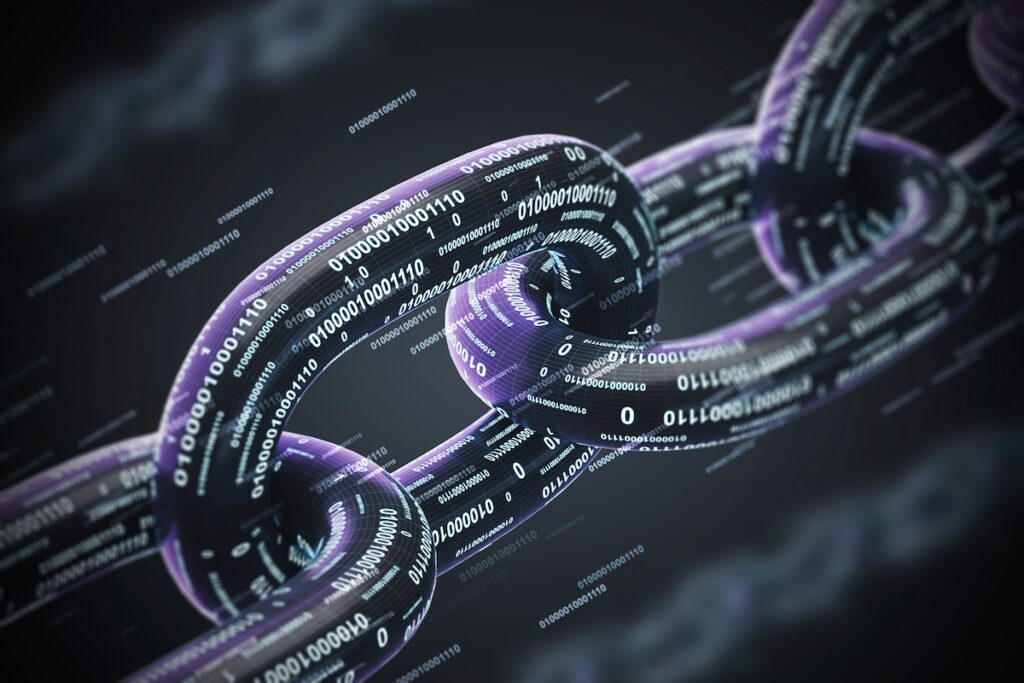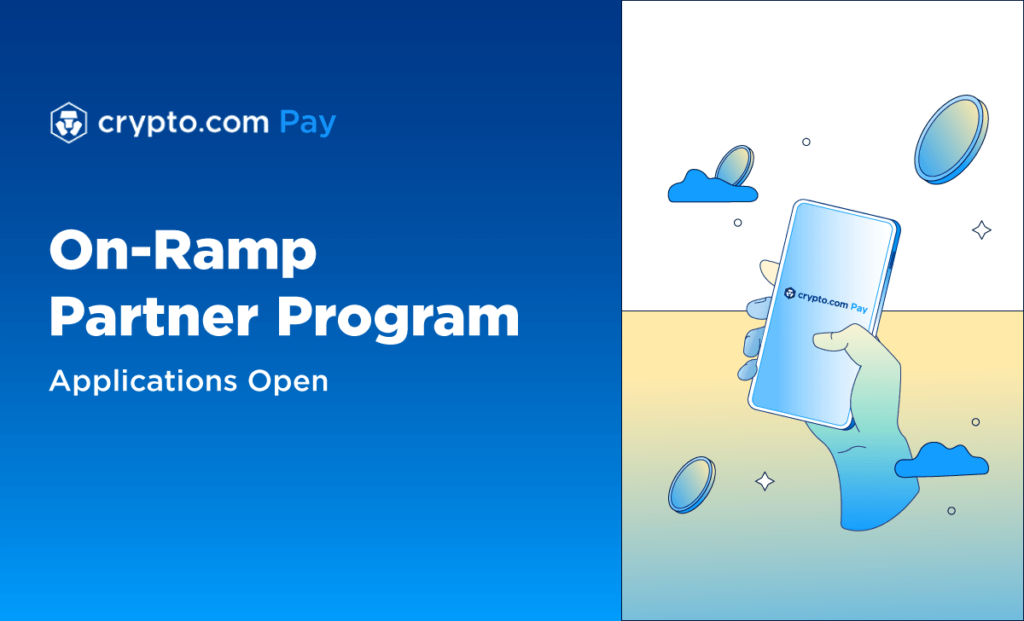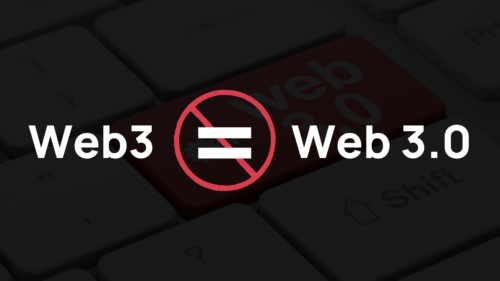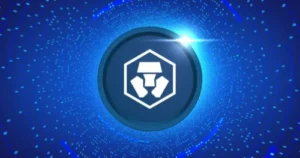Web3 and Web 3.0, although often conflated, refer to distinct concepts within the broader context of the digital revolution. While Web 3.0 represents the evolution of the internet towards a more semantic and data-driven environment, Web3 specifically refers to a vision for a decentralized internet powered by blockchain technologies.
Over the past few decades, the digital world has experienced a remarkable evolutionary journey. Since the inception of the World Wide Web, the online realm has transitioned from simple static web pages to dynamic interactive platforms. However, the journey doesn’t end here. The Internet is on the cusp of its next evolutionary leap, characterized by the emergence of buzzwords, such as Web3 and Web 3.0. Despite the striking similarity in their names, these two concepts encapsulate distinctive visions for the future of the internet. By delving into these differences, we can gain crucial insights into the impending transformations that will redefine our interaction with the digital universe.
Table of Contents
Here’s how each stands to impact businesses on a global scale
Web 3.0: The Semantic Web
Web 3.0, known as the semantic web, aims to create a smarter and more connected online ecosystem. Leveraging advanced technologies such as artificial intelligence and machine learning, Web 3.0 aims to provide a more personalized, efficient, and intuitive user experience.
Personalized User Experience
Web 3.0 allows for a highly personalized user experience. By leveraging AI and machine learning, businesses can understand and cater to individual user preferences, improving customer satisfaction and fostering loyalty.
Seamless Integration and Interoperability
Web 3.0 promotes an interconnected digital environment, emphasizing interoperability between systems and platforms. Businesses can integrate their services with a variety of others, offering a more comprehensive and convenient ecosystem to their customers.

Global Reach and Inclusion
The shift towards Web 3.0 can help businesses connect with a global audience, enabling access to information and services for anyone with an internet connection. This can help businesses penetrate new markets, fostering global economic inclusion.
Web3: The Decentralized Internet
On the other hand, Web3 refers to the idea of a blockchain-based, decentralized internet. It brings the idea of decentralized applications (DApps), which operate on peer-to-peer networks rather than centralized servers, into the mainstream.
Decentralization and Transparency
Web3’s decentralization fosters transparency and trust. Web3 enables decentralized data storage and access in place of a few big corporations controlling and storing data. Businesses can leverage this trust and credibility by allowing customers to validate transactions and data independently.
Data Ownership and Privacy
Web3 also changes the way user data is handled. It empowers individuals to own and control their data, reducing data exploitation. Businesses can utilize this shift towards user-controlled data rights to build healthier customer relationships and gain a competitive edge in privacy-conscious markets.
Efficient Transactions with Blockchain and Smart Contracts
Web3 uses blockchain and smart contracts to facilitate secure, swift, and cost-effective transactions. This could eliminate intermediaries for businesses, reduce transaction costs, and enable real-time transactions. The use of smart contracts automates processes, ensures contractual obligations are met, and reduces fraud.
Decentralized Finance (DeFi) and New Business Models
Web3 supports DeFi, a financial system that operates without traditional intermediaries like banks. This allows businesses to perform financial transactions, raise capital, and manage assets more efficiently. Furthermore, Web3 offers the possibility of entirely new business models, such as decentralized autonomous organizations (DAOs), token economies, and non-fungible tokens (NFTs).
The Changing Landscape of the Internet
The World Wide Web has morphed through several evolutionary stages, transitioning from read-only Web 1.0, characterized by static web pages and unidirectional communication, to read-write Web 2.0, epitomizing user-generated content, social media, and interactivity. As we navigate further, we are witnessing the emergence of Web3 and Web 3.0, two different yet complementary ideas shaping the future of the online world. These concepts envision a smarter, more connected, and decentralized digital ecosystem that empowers users while ensuring their privacy and transparency.
Defining Web3 and Web 3.0
Web3 and Web 3.0 may seem interchangeable because of their similar nomenclature; however, they encapsulate different aspects of the future Internet. Web3, often referred to as a decentralized web, promotes a shift from centralized servers to peer-to-peer networks. In contrast, Web 3.0, known as the semantic web, centers on enhancing intelligence and understanding of the web through technologies such as artificial intelligence (AI) and machine learning (ML).
Web3: The Decentralized Web
Web3 signifies a paradigm shift towards a decentralized Internet ecosystem. It is predicated on the principles of trust, transparency, and user autonomy brought to life by the advent of blockchain technology. Blockchain’s inherent characteristics—decentralization, immutability, and security—form the backbone of Web3, setting the stage for transformation.
The key components of Web3 include decentralized applications (dApps), smart contracts, tokenization, and a strong emphasis on user empowerment. In the Web3 world, dApps run on decentralized networks, bypassing the need for centralized intermediaries. Smart contracts automate the enforcement of agreements and foster transparency and trust. Tokenization and cryptocurrencies have introduced new economic models and methods of value exchange. Web3 also places users at the helm, offering them greater control over their data and fostering a shift towards data ownership and privacy.
Web 3.0: The Semantic Web
Web 3.0, also referred to as the semantic web, focuses on infusing the web with a layer of semantic understanding. It leverages AI and ML to enable computers to comprehend and interpret data much like humans do. Web 3.0 envisions a future in which web content is not just retrieved but also understood and processed in a meaningful way.
In Web 3.0, linked data and knowledge graphs organize information in a structured manner, facilitating meaningful connections between data points. Intelligent agents and virtual assistants cater to the user-facing aspects of Web 3.0, thereby providing personalized and contextually relevant experiences. Web 3.0 aspires to create a web of knowledge where information is intelligently understood and utilized, thereby enabling seamless integration across platforms and fostering enhanced connectivity.

A Comparative Analysis
When juxtaposed, several key distinctions emerged between Web3 and Web 3.0. Whereas Web3 is built on the principles of decentralization and employs blockchain technology, Web 3.0 hinges on AI, ML, and linked data to provide intelligent interpretation and connectivity. Web3 prioritizes user control and data ownership, while Web 3.0 focuses on delivering personalized and intelligent experiences.
Web3 introduces new economic models through tokenization and cryptocurrencies, creating novel methods of value exchange and incentivisation. On the other hand, Web 3.0 emphasizes leveraging AI to extract value from data while maintaining a balance between personalized experiences and privacy concerns.
Web3 addresses trust and security through the immutable and transparent nature of blockchain technology. Conversely, Web 3.0 relies on AI for trust verification and aims to enhance security through intelligent algorithms.
Potential Impacts and Applications
Both Web3 and Web 3.0 present significant potential impacts across diverse domains. Web3 is poised to transform industries, such as finance and supply chains, by enabling transparent and efficient systems, eliminating intermediaries, and reducing costs. Web 3.0, on the other hand, promises to enrich user experiences by providing personalized recommendations, intelligent search, and seamless collaboration.
Despite their distinct characteristics, Web3 and Web 3.0 possess considerable synergistic potential, presenting opportunities for convergence and integration. The interplay between these two visions can lead to a more decentralized, intelligent, and interconnected Internet that combines the best of both worlds.
Both Web 3.0 and Web3 promise to significantly impact businesses globally, albeit in different ways. Web 3.0’s focus on a more semantic, intelligent, and integrated internet and Web3’s emphasis on decentralization and blockchain technology each provide unique opportunities and benefits for enterprises across the world.
Understanding the disparities and complementarities between these two concepts provides valuable insights into their transformative potential for the digital landscape. By doing so, we pave the way for a future Internet that is more intelligent, decentralized, interconnected, and user-centric. In this sense, the future Internet is not merely a tool for information and communication but a powerful entity that redefines how we live, work, and interact in the digital world.
The evolution of the World Wide Web has witnessed several significant transformations over the years, with the latest buzzwords being Web3 and Web 3.0. Although these terms might sound similar, they represent distinct concepts with unique characteristics and implications. This analysis aims to examine the differences between Web3 and Web 3.0, exploring their underlying technologies, features, and potential impacts on various aspects of society. By understanding these disparities, we can gain valuable insights into the future of the Internet and its potential to evolutionize our digital landscape.





